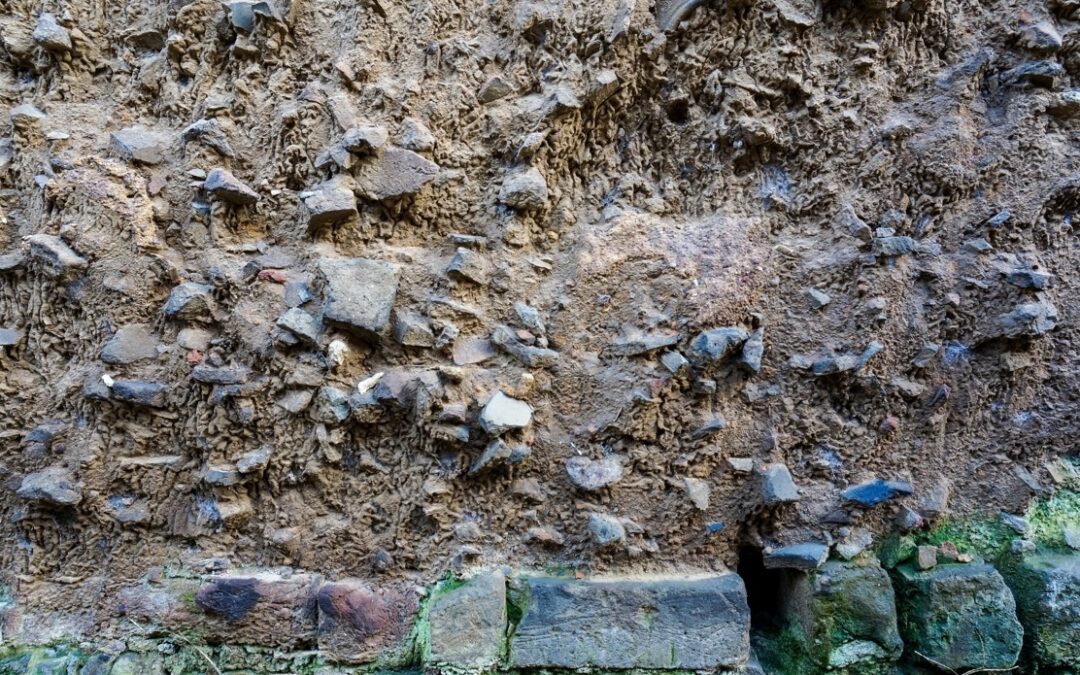High-wall mining is a crucial method in the mining industry that bridges surface and underground mining operations. This blog explores the process of high-wall mining, its equipment, safety measures, advantages, and future developments.
What is High-Wall Mining?
High-wall mining is a hybrid mining method used when surface mining reaches its economic or technical limits. It involves mining coal seams from the exposed surface of an open-pit mine, extending into the high wall (the vertical face left behind). This technique extracts resources efficiently while minimizing waste.
How Does High-Wall Mining Work?
High-wall mining follows a systematic process to ensure efficient and safe extraction of resources:
Site Assessment
Before mining begins, geological surveys and environmental impact studies are conducted to evaluate the feasibility of high-wall mining. These studies determine coal seam thickness, geological stability, and potential risks.
Preparation
The site is prepared by clearing vegetation, stabilizing the high wall, and setting up the necessary access infrastructure for mining operations.
Drilling and Blasting
Drilling is conducted to create pilot holes for resource extraction. In some cases, controlled blasting helps expose the coal seam further.
Mining Equipment Setup
Specialized equipment like continuous miners, augers, or high-wall mining machines is installed near the high wall. These machines operate remotely to extract coal.
Coal Extraction
Using a continuous miner, a cutter head extracts coal while conveyor systems transport it to the surface. The miner extends into the coal seam, creating entry points called drives.
Support Systems
To maintain the stability of the high wall, engineered support systems such as roof bolting and monitoring technologies are implemented.
Reclamation
After extraction, the site is rehabilitated to restore the environment. Topsoil is replaced, vegetation is replanted, and safety barriers are installed to prevent erosion and hazards.
What Key Equipment is Used in High-Wall Mining?
High-wall mining utilizes specialized equipment, including:
- High-Wall Miners: Machines equipped with cutter heads and conveyor systems for remote coal extraction.
- Continuous Miners: Used for cutting and gathering coal from seams.
- Conveyor Systems: Transport coal from the mine to the surface.
- Monitoring Technology: Equipment for ensuring structural stability and worker safety, such as radar systems and drones.
What are the Advantages of High-Wall Mining?
- Resource Maximization: Extracts coal from otherwise inaccessible areas.
- Cost Efficiency: Reduces the need for extensive underground mining infrastructure.
- Environmental Benefits: Leaves a smaller footprint compared to underground mining.
- Safety: Remote-controlled equipment minimizes human presence in hazardous areas.
What are the Disadvantages or Risks Associated with High-Wall Mining?
- High Wall Instability: Risk of collapse if geological assessments are inadequate.
- Limited Depth: Effectiveness is restricted by the depth of the coal seam.
- Environmental Concerns: Habitat disruption and potential water contamination.
- Technical Limitations: Requires advanced technology and skilled operators.
How is Safety Maintained During High-Wall Mining Operations?
Mining companies employ several safety measures, including:
- Geotechnical Monitoring: Ensures wall stability through advanced radar and seismic monitoring.
- Regular Inspections: Engineers routinely evaluate equipment and site conditions.
- Worker Training: Employees are trained in emergency response and safe equipment operation.
- Remote Operation: Reduces exposure to hazardous zones by using remotely controlled machinery.
What are the Environmental Impacts of High-Wall Mining?
While high-wall mining has a lower environmental footprint than underground mining, it can still affect ecosystems:
- Erosion: Unstable walls can cause soil erosion.
- Water Contamination: Mining runoff may introduce pollutants into local water sources.
- Habitat Disruption: Land clearing affects local wildlife.
Reclamation efforts aim to mitigate these impacts by restoring vegetation and improving soil quality post-mining.
How is High-Wall Mining Regulated?
In the U.S., high-wall mining is governed by regulations from the Mine Safety and Health Administration (MSHA) and the Environmental Protection Agency (EPA). Key requirements include:
- Environmental assessments before permitting.
- Safety inspections of equipment and site stability.
- Strict monitoring of reclamation efforts.

What is the Future of High-Wall Mining?
Advancements in technology are driving the evolution of high-wall mining. Automated machinery, artificial intelligence, and enhanced safety monitoring systems promise increased efficiency and reduced risks. The industry is also moving toward more sustainable practices, focusing on reclamation and reducing environmental harm.
The Future and Sustainability of High-Wall Mining
High-wall mining provides a viable solution for resource extraction in challenging environments. By prioritizing safety, environmental responsibility, and technological innovation, the industry can ensure its practices are sustainable for future generations.

